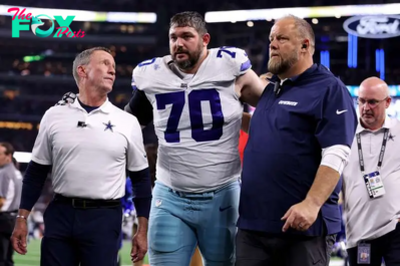NFL
Eligible receiver NFL rules explained: Numbers, exceptions, illegal touching...
We’ll delve into the intricate rules surrounding eligible receivers in football. Understanding these rules is crucial for players and enthusiasts, as they directly impact the game’s dynamics.
The explanation of the eligibility rules
The first and foremost rule to grasp is that seven players must always be positioned on the line of scrimmage to avoid incurring a penalty. This regulation ensures a balanced and fair setup for offensive and defensive teams. However, knowing that the seventh player doesn’t necessarily have to be a lineman is essential. The team can use any player as the seventh player on the line of scrimmage, including a tight-end, full-back, or even a quarterback.
Moving on to the second key rule, there is no restriction on the maximum number of players allowed on the line of scrimmage. However, a crucial caveat comes into play - they must not be covered up. Being covered up implies that a receiver who is on the line of scrimmage is positioned inside another receiver who is also on the line of scrimmage. This condition renders the covered-up receiver ineligible to catch a pass.

Let’s visualize this concept with an example. Imagine a shotgun formation with seven players on the line of scrimmage, including five linemen and two eligible receivers capable of catching a pass. In this scenario, the receiver on the left and the one on the right, both positioned off the line of scrimmage, are eligible targets for the quarterback. It is important to note that if a team lines up with fewer than seven players on the line of scrimmage, it will result in a penalty.
Now, let’s delve deeper into what it means for a receiver to be covered up. Any receiver situated on the line of scrimmage inside another receiver on the same line is considered covered up. This designation renders the covered-up receiver ineligible to make a catch. To illustrate, if we revisit our previous formation and move the receivers up to the line of scrimmage, the eighth and ninth receivers, now inside those on the line, are covered up and, consequently, not eligible to catch a pass.
The line of scrimmage
It is also important to note that a player can be on the line of scrimmage but still be an eligible receiver. For instance, a tight end can assume a position on the line of scrimmage and still be eligible to catch a pass if positioned at the end of the formation.
In summary, the essential rules regarding eligible receivers are twofold. First, there must be a minimum of seven players on the line of scrimmage, and the seventh player can be any player, not necessarily a lineman. Second, while there is no restriction on the maximum number of players, they must not be covered up to maintain eligibility for catching the Football. These rules are fundamental to the strategic execution of offensive plays in Football.
-
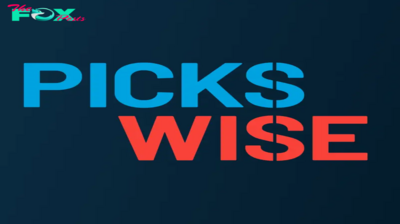
 NFL34m ago
NFL34m agoSteelers vs Browns prop betting picks: Best player prop bet for TNF | Pickswise
-

 NFL34m ago
NFL34m agoNFL Parlay Picks for This Week at +990 | Pickswise
-
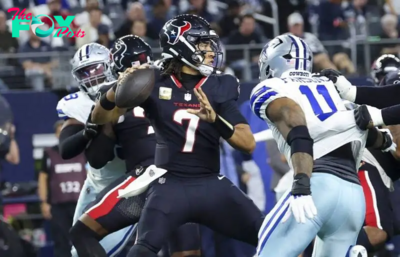
 NFL54m ago
NFL54m agoNFL prop bets Week 12 2024: Texans vs. Titans
-
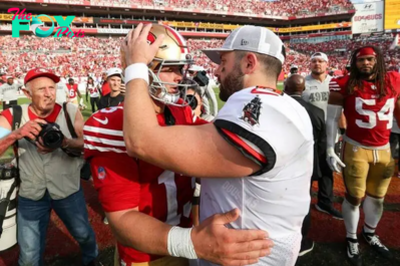
 NFL54m ago
NFL54m agoNFL prop bets Week 12 2024: Buccaneers vs. Giants
-

 NFL6h ago
NFL6h agoDraftkings Best NFL Showdown Picks: Steelers vs. Browns 11/21/24
-
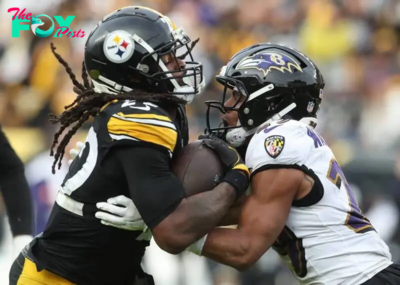
 NFL6h ago
NFL6h agoSteelers vs. Browns 2024 Week 12: Injured players, inactives, latest injury updates
-
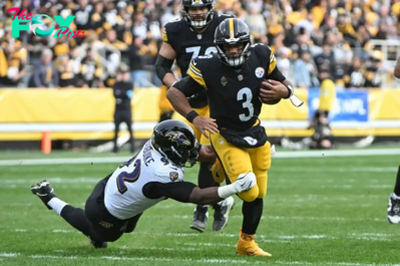
 NFL6h ago
NFL6h agoBest NFL Betting Promos | Unlock $5000+ in Steelers-Browns, Week 12 Bonuses & Offers
-
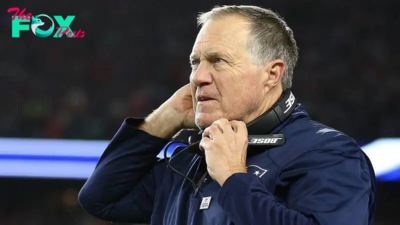
 NFL9h ago
NFL9h agoBill Belichick fuels rumors of potential head coach position for Cowboys next season


